Top Ten Tips for New Riders
April 2, 2014
So, you’ve fallen in love with the thrill of motorcycle riding and are ready to dive in. Well, before you begin riding around town on two wheels, there are a few essential tips all new riders should know. So, let us bring them to your attention here and now:
1. Take a motorcycle safety course. Not only will it make you a safer rider – and possibly prevent you from becoming road-ground hamburger meat – it could also make your insurance rates lower. Also, some dealerships offer motorcycle discounts when to take a safety class at their location.
2. Get the right gear. One of the first, and most-often repeated terms you will hear from motorcycle safety experts is wear All The Gear All The Time (ATGATT). Since two wheels are the only thing seperating you from the road, wearing the right equipment is extremely important. 3. Get some tough boots. Boots are shoes that are sturdy will provide better protection for you feet, as well as better balance and control.
4. Don’t get cocky. Never overestimate your skills, and never get overconfident. Riding within your skill level will prevent embarassing and possibly fatal rookie mistakes. If you want to push your limits, then consider taking a class at your local race track to learn the proper throttle, turning and stopping methods for expert riders.
5. Don’t tailgate. Motorcycles may have a shorter stopping distance than cars, however it is not as safe for motorcyclists to slam on the brakes during an emergency. Since they only have two wheels, and often don’t have antilock brakes, it’s easier for motorcycles to lose control when making an emergency stop. So always keep plenty of distance between yourself and other drivers.
6. Always have an escape route. By leaving plenty of room between your motorcycle and other vehicles, you will have more time to react in an emergency situation. Buy yourself even more time by always having an escape route in case of a traffic accident.
7. Mind the weather. Rain, wind, snow and ice are much more dangerous on a motorcycle.
8. Avoid distraction. Part of the joy of motorcycle riding is the rush of a life-or-death state of hyper-alert thinking. Don’t risk your life and cheapen the experience by fiddling with your phone, day dreaming or sipping on a latte.
9. Look twice. Always, always double check before turning, changing lanes or even slowing down. Any changes in your current path may go unseen by other drivers.
10. WEAR A HELMET. This is the main defense in case of an accident, and the only way to keep your face from peeling off on the road if you fly off the motorcycle. Plus, it keeps the bugs and road debris from hitting you in the face while riding.
Now that you’ve heard the 10 essential tips, you’re ready to get started on the path to becoming a motorcycle rider! Enjoy!
Statistics Every Smart Rider Knows
April 2, 2014
There are a few statistics that all motorcyclists should be aware of:
– 3% of vehicle registrations are for motorcycles, while motorcycles account for more than 15% of vehicle fatalities. This staggering statistical combo shows that riders are at a much higher risk of death than any other vehicle.
– Roughly 50% of motorcycle rider deaths occur in crashes involving only the motorcycle. This means that despite all the terrible, distracted and disgruntled drivers out there, the most dangerous person out there is yourself.
– 40% of those fatal crashes happened when the motorcycle operator rode after drinking.
The main lesson from the statistics is obvious: Always ride smart, which means being safe, hyper-aware and sober.
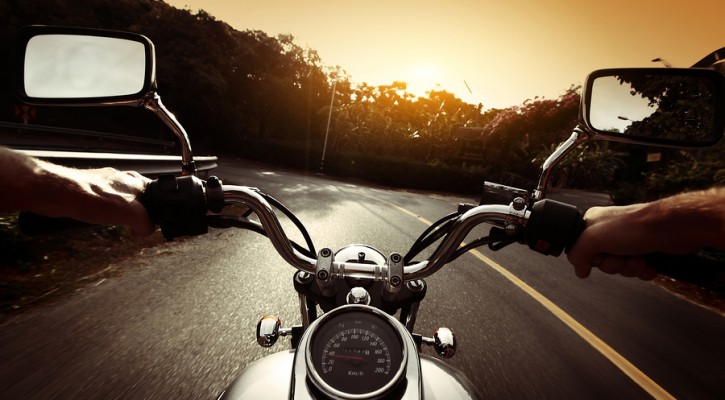
Reviewing Motorcycle Safety
April 2, 2014
In Wisconsin, Eu Claire police and instructors are reminding riders to review motorcycle safety for the spring riding season. See the full story here:
http://www.weau.com/home/headlines/Motorcycle-Safety-keeping-safe-on-the-road-253281631.html?ref=631
Passengers
April 1, 2014
If you have ever been a passenger on a motorcycle, then you may know the feeling of being completely helpless, and yes, a little bit scared. If you’re lucky, then you were riding with an experienced motorcyclist that respected your comfort and safety and made the whole experience more fun than frightening.
However, if you’ve ever ridden with an inexperienced person, then you probably understand that passengers and newbies don’t mix. It takes lots of practice to have the skills required to ride with a passenger on the back. For this reason, you should wait until you have a lot of time and miles under your belt before letting anyone on the back of the bike. And even then, be sure to practice turning and stopping in an empty parking lot – preferably with someone who knows a thing or two about motorcycles and passengers – or else you’re going to be putting two lives at risk.
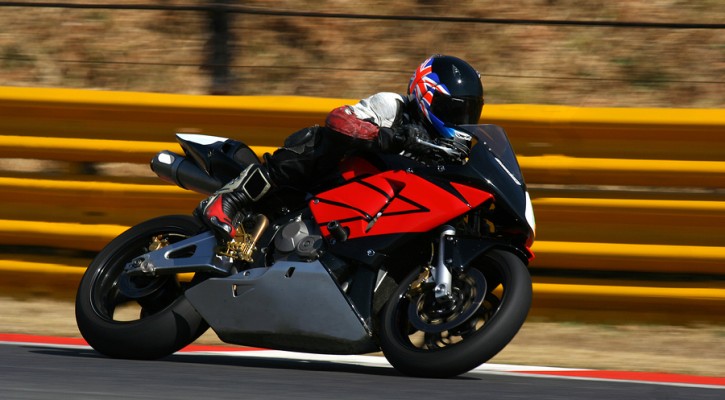
High Speed Training
March 31, 2014
After you have finished your initial motorcycle training, taken classes in the Motorcycle Safety Foundation school, and received your motorcycle license, you might feel like you know it all. Not even close. You know nothing.
The next step in rider education is to experience riding at highways speeds and surviving disasters. Even after years of experience, many riders find that they are still learning, still crashing, and still have much to learn. Rather than risking your life learning these hard lessons on the road, try a weekend class in the RideSmart program to perfect your motorcycle skills.
RideSmart is a very real, hands-on school that teaches riders everything they need to know about riding a motorcycle – from street skills to racing skills. By providing high-speed training on a private track, RideSmart trainers teach motorcyclists how to perfect the art of throttle control, braking, turning and everything else they need to know to ride like a pro. It’s a great way to continue your education in a safe, controlled environment.
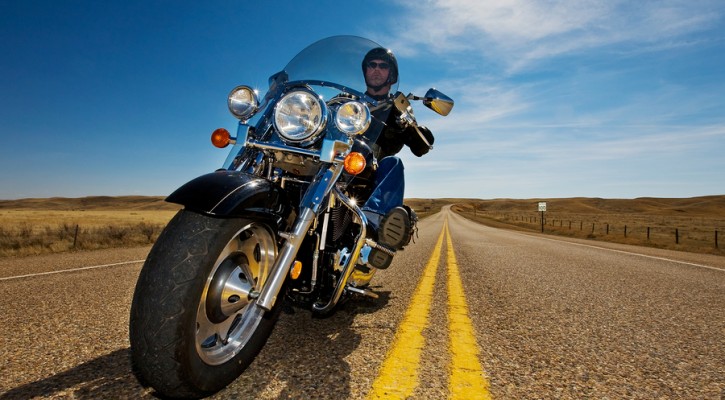
Motorcycles with Innovative Safety Features
March 31, 2014
Motorcycle riders face plenty of dangers on the road. The best way to stay alive is to stay alert, wear all the proper gear, and be a safe driver. However, you can also ensure a safer ride by purchasing a motorcycle known for its safety features. Begin your search for a safer ride with this list of motorcycles from the Wall St. Cheat Sheet:
Preparing for a Safety Course
March 30, 2014
New riders interested in taking a motorcycle safety course, such as the state-sponsored Rider Training classes or the Harley-Davidson Rider’s Edge version, are truly wise. However, wise as they may be, they still don’t know exactly what to expect or how to prepare. If this description fits you, then let us alleviate those pre-class jitters with this quick list of preparations:
– Get lots of rest the night before. You will need the mental energy.
– Eat a good breakfast.
– Dress the part: boots, gloves, long sleeved shirt, tough pants & jacket, eye protection (goggles or shatter-resistant glasses)
– Pack a water jug.
– If you have a DOT-approved helmet, then bring it. If not, then the class will usually provide one.
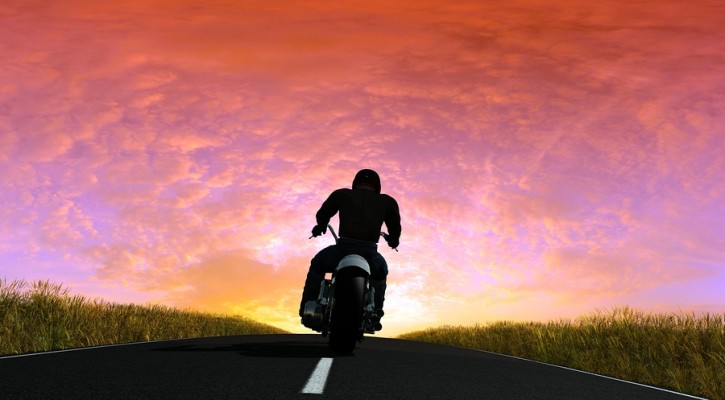
Newbies
March 29, 2014
Newbies are still newbies after 2,000 miles. They are still newbies after 6 months. They are newbies until they have experienced all the hazards of the road… and lived. This article from the motorcycle safety group is a great read for any new rider:
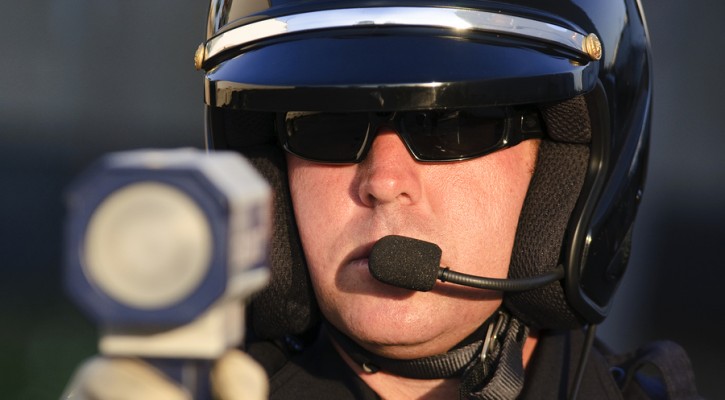
Modesto Police Looking Out for Motorcyclists
March 29, 2014
Police officers in Modesto, California plan to focus on motorcycle safety through the month of April. Extra officers will be posted in popular motorcycle riding areas, looking for both motorcycles and other vehicles operating dangerously. The police department will be cracking down on drivers that are speeding, making illegal turns, under the influence of drugs or alcohol, and other violations that put motorcycle riders at risk.
This specialized Motorcyle Safety Enforcement Operation is in response to an increase in motorcycle collisions in the area. While motorcycle fatalities dropped by 37% from 2008 to 2010, they quickly turned around and increased by 23% between 2010 and 2012.
The Art of Stopping
March 29, 2014
If you want to survive the first year on a motorcycle, then you must know how to stop. Obvious, right? Well, most newbies hit the road without much practice in panic-stops, and as a result, will end up crashing in their first emergency situation.
So, arm yourself with some knowledge and experience to be better prepared when some car cuts you off in traffic, or fails to see you when making a left turn. Follow these guidelines and you’ll be one step ahead of the rest:
1. Be alert. Unlike a car, the only thing separating you from the pavement are your wheels, which are essentially just two tiny patches of rubber. You can’t be daydreaming, fiddling with your phone, or sipping on a latte. Your brain must be fully engaged, constantly making risk assessments, and not just looking but seeing everything. Presence of mind is your first line of defense, because the sooner you are aware of an emergency, the sooner you can react to it.
2. Stop sooner with a heavier load. Don’t forget that riding with loaded saddle bags or an extra passenger adds weight and requires a longer stop time. So remember to start braking earlier if you have any extra weight.
3. Stop straight. You always want the bike to be straight and upright when coming to a stop.
3. Use BOTH brakes. Apply both brakes evenly and smoothly.
4. Don’t panic if your brakes lock up. Many riders will panic and let go of their brakes if they lock up. This causes the wheels to rotate and high-side the bike. Instead, just keep braking even if the wheels begin to slide. Your best chance is to continue holding the brakes and try to keep the bike as straight and upright as possible.
5. Move to a safe place. If you make a panic-stop in the middle of traffic, then you’re in a very dangerous position. Move to a safer area as quickly as possible.
6. Practice. Find an empty parking lot or track to practice emergency stops. Begin by warming up the engine and then accelerating to 10 or 15 mph. Then, STOP! Once your a little more comfortable, increase your speed to 20-25 mph and STOP! Try again at 30 mph (if you’re comfortable). Once you get the hang of emergency-stopping techniques, it’s time to test the stopping distance. Use something simple such as a soda can your braking point and then note your braking distance from the can to where you land.
Remember, everyone gets rusty and learning is a continual process on a motorcycle. So, once you’ve mastered the emergency stop don’t forget to return to the empty parking lot every once in a while for a refresher in motorcycle safety techniques. Safe travels!
